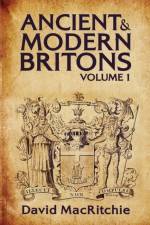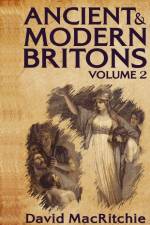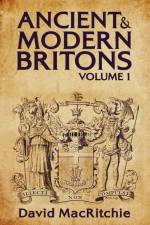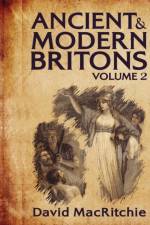av David Mac Ritchie
539,-
Whoever has gone into one of our Antiquarian Museums, and glanced with some curiosity, and perhaps with growing interest, at the withered fragments of canoes, preserved from total decay by the peat out of which they were dug, --at the stone heads of weapons whose handles have rotted long ago, --at the flint knives and arrow-heads, at the sun-dried pottery, --at the gaudy beads of amber or of colorued glass, --at the combs and ornaments curiously carved out of bone, --and alt all such other relics of a remote past, --has soon, in all likelihood, found himself speculating upon the nature of the people who made and used these things. The things themselves are plainly allied to the weapons and ornaments of existing savage races, and we know that the people vaguely spoken of as Ancient Britons, to whom these articles are attributed, were themselves allied to such races by community of custom. They wore little or no clothing, they tattooed their bodies and faces, they painted themselves blue or green, and some tribes smeared themselves over with iron ore; some of them are stated to have been cannibals: --could all such resemblances have existed if the races themselves, however far separated now, had not all belonged to a common stock? Can there be community of custom, apparent in most minute details, without there being community of blood?





